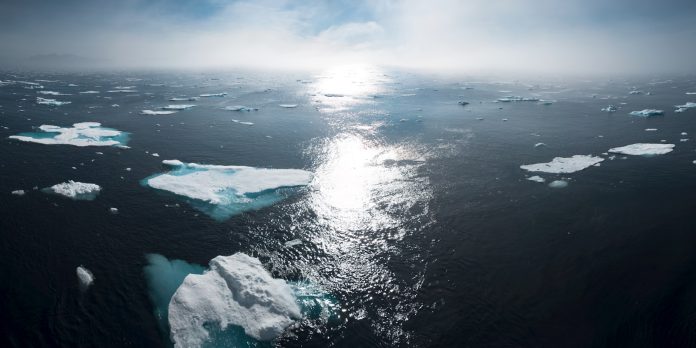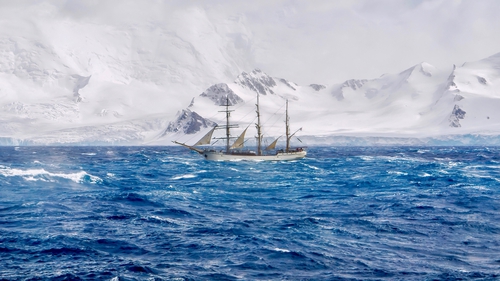
As modern researchers unravel the history of Earth’s climate, the supercontinent Pangea offers a glimpse into a world with extreme weather far different from our own.
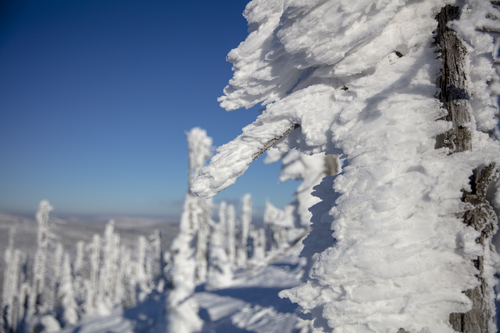
Approximately 250 million years ago, when dinosaurs were still in their evolutionary infancy, all land masses were conjoined into Pangea, surrounded by a vast ocean called Panthalassa.
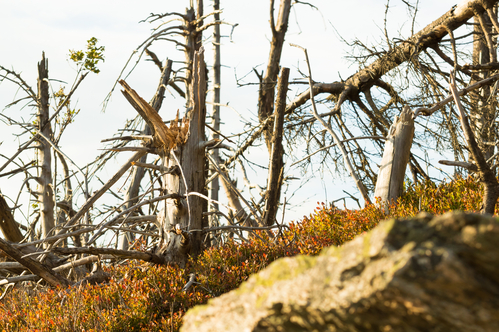
The analysis of ancient weather patterns, according to studies by Kutzbach and Crowley, paints a portrait of a supercontinent where seasonal temperature fluctuations could exceed 90 degrees Fahrenheit.
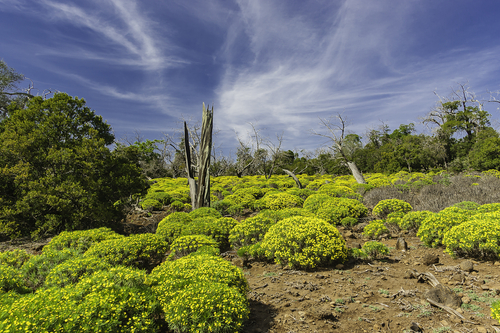
Summers were blistering, winters biting, and the interior lands, insulated from the ocean’s tempering effect, were subjected to such extremes that much of it could have been barely habitable.
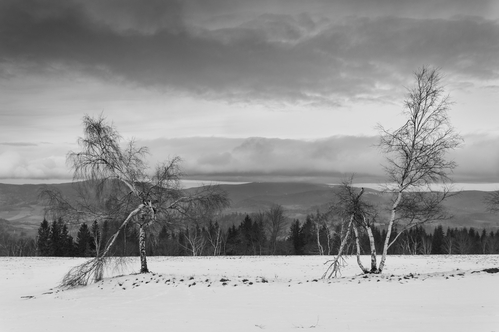
Amid these climatic challenges, life found a way. Jessica Whiteside from San Diego State University notes that biodiversity was highest in higher latitudes, opposing the present-day trend where the tropics are richest in species.
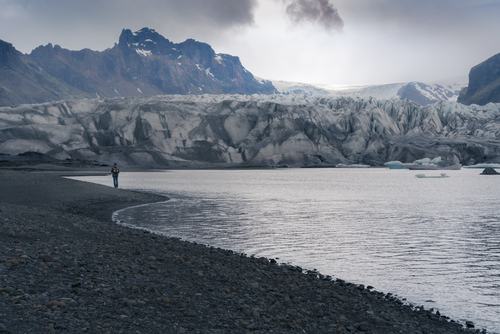
Primitive non-flowering plants were prolific, with conifers, ferns, and horsetails dominating the landscape.
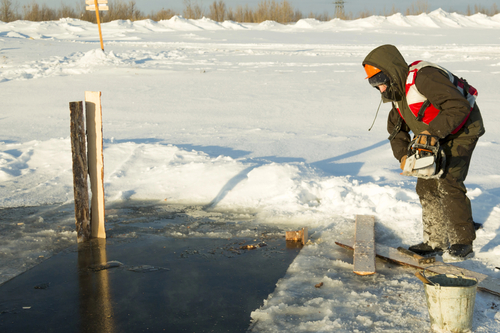
However, it was not a homogenous world; distinct climate bands ensured a diversity of life adapted to the varied and often harsh Pangean conditions.

High carbon dioxide levels, perhaps six times today’s, led to drought and wildfires, particularly ravaging the tropics.
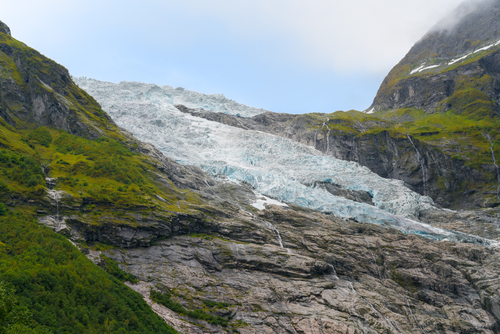
These areas were bereft of herbivorous dinosaurs, unable to sustain the lush vegetation needed for such large animals.
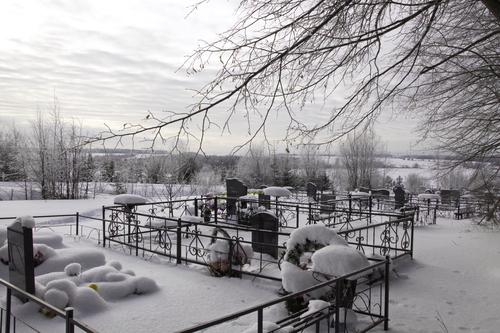
Instead, smaller carnivorous species like Coelophysis and crocodile relatives thrived.
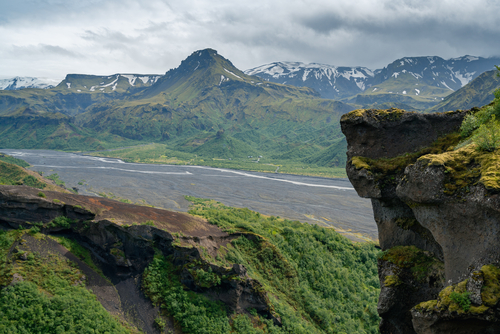
This challenging environment may have, however, laid the foundation for the success of the dinosaurs, according to Whiteside.
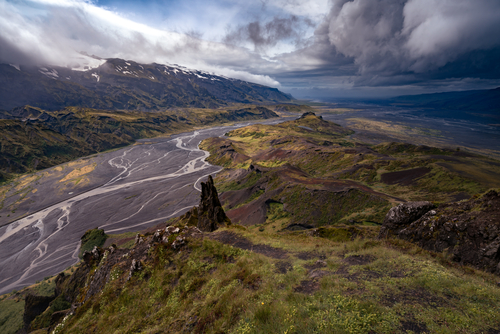
The ability of these creatures to adapt to cold climates, perhaps aided by primitive feathers, may have been pivotal in their eventual dominion after the Triassic mass extinction.
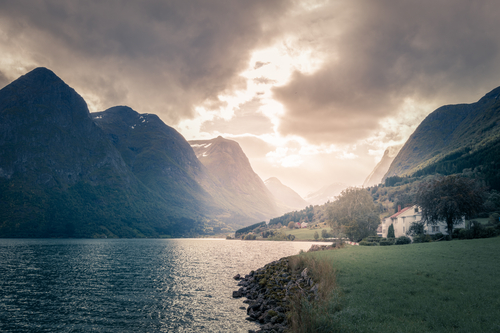
These insights not only deepen our understanding of Earth’s history but also carry profound implications for today’s changing climate.
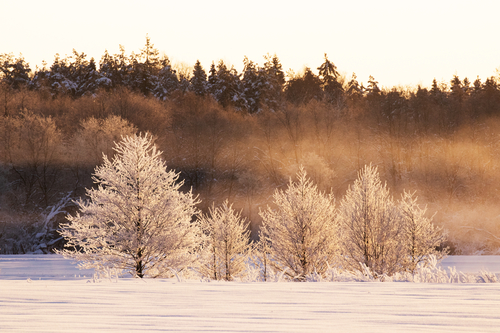
Pangea’s harsh conditions and the life that endured offer a stark reminder of nature’s resilience and adaptability.

Whiteside concludes that Pangea’s history serves as a “partial analogue to future climate change,” a natural experiment from which we can learn as our planet faces an uncertain climatic future.
